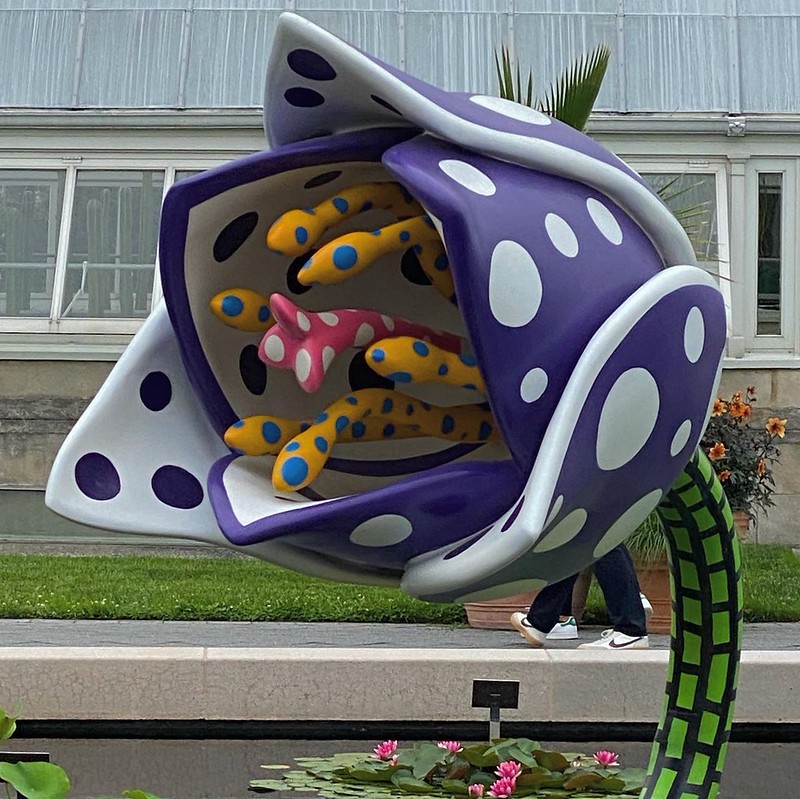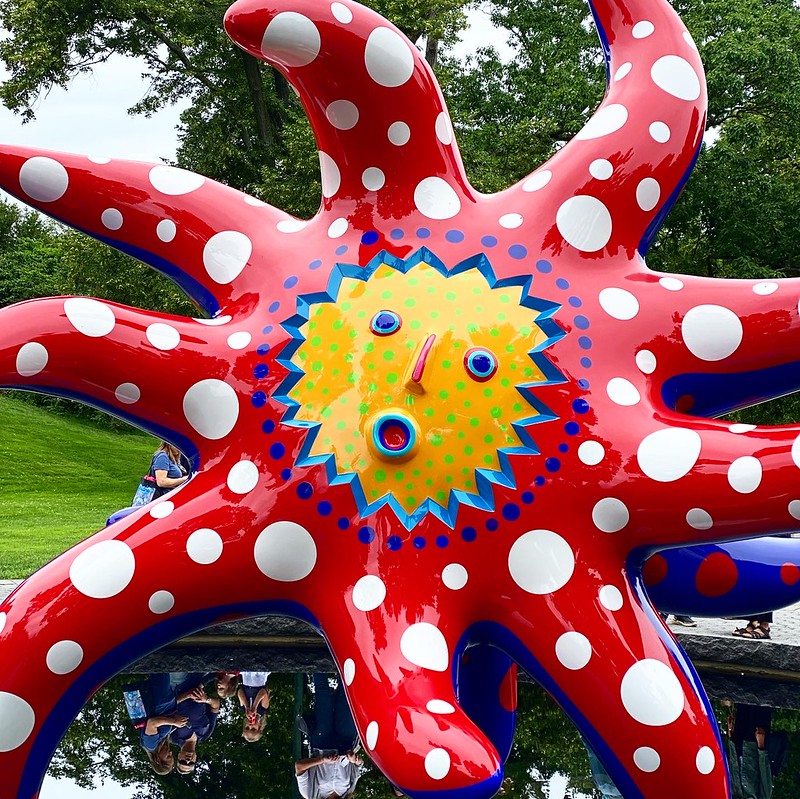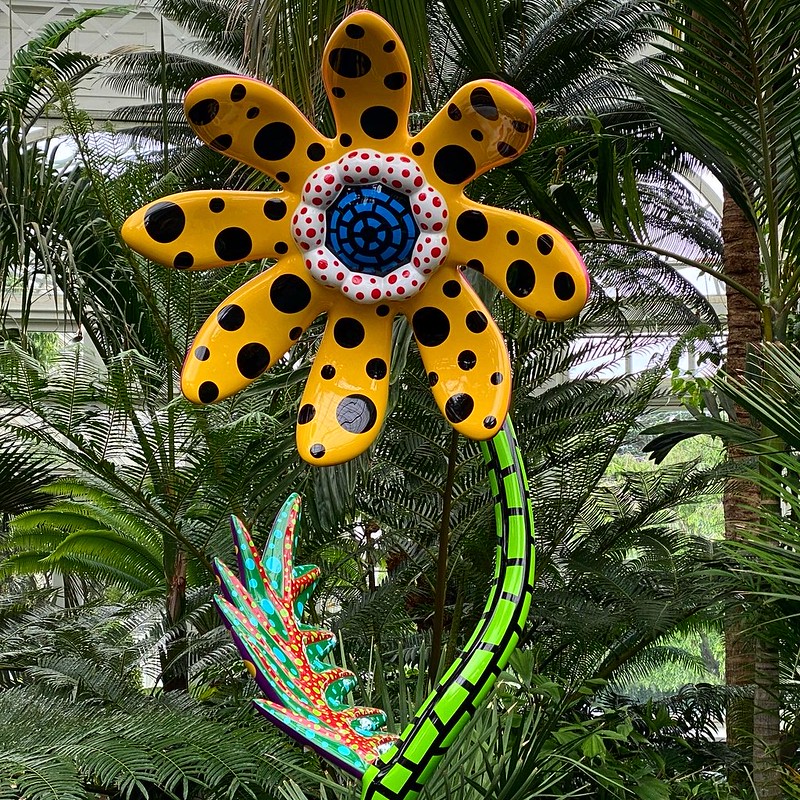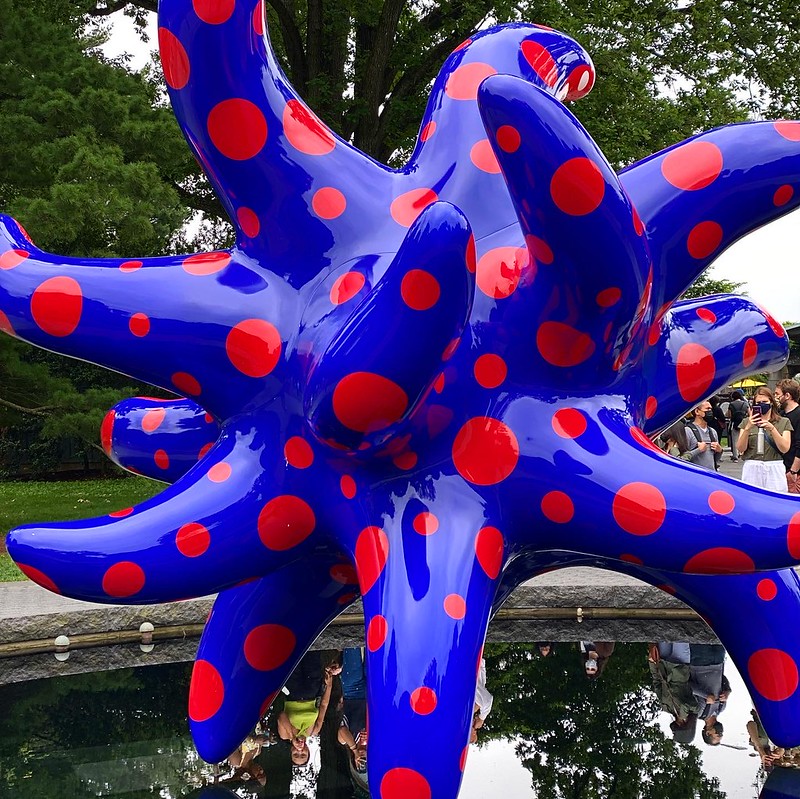 Notes from “Scientist,” Richard Rhodes’ 2021 biography of famed naturalist E.O. Wilson.
Notes from “Scientist,” Richard Rhodes’ 2021 biography of famed naturalist E.O. Wilson.
Famed naturalist Edward Osborne Wilson advised young scientists looking to pick a promising yet obscure field of study to get started, one that would both interest them and where “established experts are not yet conspicuously competing with one another.”
“If a subject is already receiving a great deal of attention, if it has a glamorous aura, if its practitioners are prize winners who receive large grants, stay away from that subject,” he wrote.
Instead, pick a subject where “established experts are not yet conspicuously competing with one another,” he elaborated. “Ideas in science emerge most readily when some part of the world is studied for its own sake.”
With this advice, Wilson was encouraging the variation of study within science itself, encouraging young scientist to spread out far and wide across their chosen disciplines. This strategy that would be pivotal to the growth of biology in the 20th century in the wake of James Watson and Francis Crick's discovery of the DNS mechanisms of heredity, in which perhaps too much emphasis was placed purely on the molecular influence of biology.
“Scientist”
“E. O. Wilson: A Life in Nature”
By Richard Rhodes
A shy kid, Wilson cultivated an obsessive interest in plants and animals, and he soon grew into a budding naturalist, someone who observes the natural world, watching for all the changes there.
At the age of 13, Wilson was the first person to discover the presence of invasive fire ants within the U.S., by surveying a vacant lot near his home in Mobile Alabama. The invasive ants had come, via cargo ship, from Brazil by the way of Argentina.
When he got a bit older, he traveled to New Caledonia and then to Espiritu Santo to seek new species. He traveled to Australia to search for the elusive Living Fossil Ant. His approach was to systematically cover a large swath of area, collecting as many new species as possible while keeping an eye out for the ultra-rare ones. He learned from the Boy Scouts the discipline of self-directed learning.
Charles Darwin is perhaps the most famous naturalist, w ho pretty much built the theory of natural selection one specimen at a time.
Here is what Darwin summarized his studies, which coalesced into the theory of natural selection:
 As many more individuals of each species are born than can possibly survive;
and as, consequently, there is a frequently recurring struggle for existence, it follows
that any being, if it varies however slightly in any manner profitable to itself, under
the complex and sometimes varying conditions of life, will have a better chance of surviving,
and thus be naturally selected.”
As many more individuals of each species are born than can possibly survive;
and as, consequently, there is a frequently recurring struggle for existence, it follows
that any being, if it varies however slightly in any manner profitable to itself, under
the complex and sometimes varying conditions of life, will have a better chance of surviving,
and thus be naturally selected.”
By the late 1940s, Charles Darwin’s theory of natural selection was, if not being refuted outright, being pushed to the margins of biology. It threatened to collapse “into a jumble of natural history observations,” Wilson later observed.
Even in Darwin’s time, there was plenty of reasoned debate around natural selection. Sure, from the publication of Origin, there were theological, reactionary and just plain spurious augments against natural selection itself.
But the serious debate wasn’t about evidence of evolution -- of which there was plenty -- but the mechanism itself.
The varieties of species could be easily explained, but Darwin had more difficulty explaining what caused the variation itself within natural selection.
Lingering questions remained well into the 20th century. One had to do with the time scale, for instance. The gradual variation, many felt, just could not accumulate change fast enough to create all the species we have today, in the 4.5 billion years of the earth’s history. Were there spurts of elevated change? This would be a contradiction.
“It doesn’t make sense that traits evolved through eons can be changed in a short course of a single lifetime, to produce modified traits that then persist for eons. Either traits were mutable, or they were not,” Rhodes summarized.
![]()

When Wilson first came to Harvard University, it was as an outsider, a specimen-collecting prodigy who still needed education in some basics of biology. He came just in time to counter a revolution.
In 1953, James Watson and Francis Crick dropped the knowledge that species traits were passed on by chromosones, scripts, encoded into the double helix configuration of deoxyribonucleic acid (DNA).
It was a major refinement to the 19th century work of Gregor Mendel who, by studying successive generations of pea plants, identified how parent peas handed down their traits to their baby peas (“heredity”). Basically random mutation led to variation, or the imperfect copying of genes across generations. From there, the superior variations would invariably dominate, thanks to their inherently superior traits for grabbing the resources.
What Watson and Crick discovceed was how those traits were carried down across generations. DNA held the blueprints that defined the traits that the individual would grow into.
Going forth, Watson and many others thought, life would be studied from a molecular perspective. Attention in the field was directed to how genes work, how they controlled the chemical process within cells.
In 1955, Watson accepted an assistant professor position at Harvard. Wilson accepted his own similar position a year later. They both started teaching in 1956.
Wilson was a field biologist; Watson was a lab biologist. Their early years as colleagues was filled with contention.

“Watson, who believed biology could now best be pursued in the lab, was determined to sweep the Harvard biology department clean of field scientists,” Rhodes wrote.
Two departments split within Harvard: Watson’s Department of Molecular Biology and Wilson’s Department of Organismic and Evolutionary Biology.
Watson viewed the Wilson’s kind with derision. “Stamp collectors,” he called the zoologists, ornithologists, botanists, and etymologists like Wilson who investigated groups of organisms in the field. The science, he felt, should be directed at understanding the mechanisms propelling molecules and cells, explained in the language of physics and chemistry.
And this attitude carried through to the army of molecular biologists then emerging. One science historian noted that the molecular enthusiasts arrived armed “with a confidence in their emerging field that bordered on imperialistic zeal,” Rhodes wrote.
“The amount of data involved really is inherently large, and the instrumental complexity of finding the information and recording it requires not drawers full of neatly-labelled specimens but rooms full of instruments,” Rhodes wrote.
Wilson himself found Watson to be “unpleasant.” They frequently clashed over appointments in environmental studies and ecology. Watson saw the appointments of evolutionary biologists, as Wilson would later describe them, as a step backwards, where each professor’s studies revolving around not fundamental biological truths, but around a specific species.
“As often with human conflict, what looked from one side like naked aggression, looked from the other side like necessary expansion and reform,” Rhodes wrote.
![]()

Wilson has called himself “a congenital synthesizer,” and it was this work of synthesis that would define biology's area of study beyond the molecular.
Biology was more than its “molecular and biochemical scaffolding” he would argue. Wilson would go on to spend his professional career investigating the relationships between among the species, as well as between the species and the environment.
Wilson returned to the fire ants, this time to discover their methods of communications. He found they would lay out foraging trails by leaving pheromones along the way. In fact, they used different types of pheromones for different activities, sharing “a chemical dictionary of commands,” as Rhodes put it. This allowed them to undertake complex group activities, such as bonding together to form a raft when a flood struck.
By decoding the patterns of phereomones, Wilson was “speaking to ants,” Rhodes put, “as if making first contact with an alien lifeform.”
This work was also important in that it showed that advancements could be made in biology that did not involve molecular reductionism. Wilson "had come to believe that populations follow at least some laws different from those operating at the molecular level, laws that can not be constructed by any logical progression upward from molecular biology.”

While molecular biology had a certain glamour to it, post-Watson and Crick, it did not address the larger issues of integration. In the 1960s, Wilson moved towards “central problem of the balance of species,” Rhodes noted. Species competition is the driver of evolution, and it happens at the level of the gene, not the individual, as witnessed by people willing to die to save other members of their biological family.
During this time, Wilson had taken on the study of entire islands. He had noticed that tropical islands farther from the mainland had fewer species than those closer by. The point of equilibrium for population density, also varied by island size. With controlled experiments, in which a small island’s fauna had been removed, he had found that once a species went extinct, another one took its place.
“The integration of new species seemingly came to match the extinction of settled species.” The scientific community called this phenomenon “distributed coordination,” in which each player in a complex system would be influenced by its peers.
“Simple operators could accomplish complex tasks without centralized direction,” Rhodes wrote.
The work could be called socio-biology, which is the study of influences to biology that could not be reduced to the molecular level.
Photos: The sculpture of Yayoi Kusama, New York Botanical Garden.